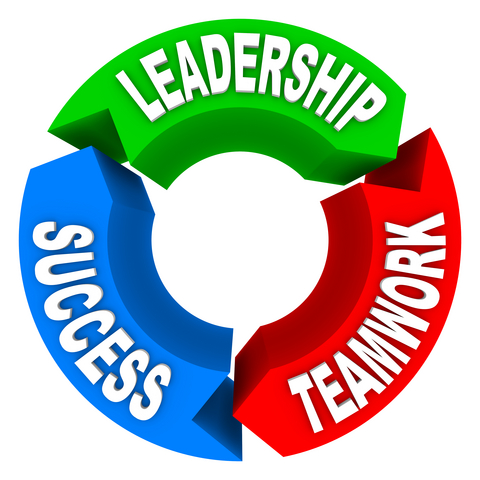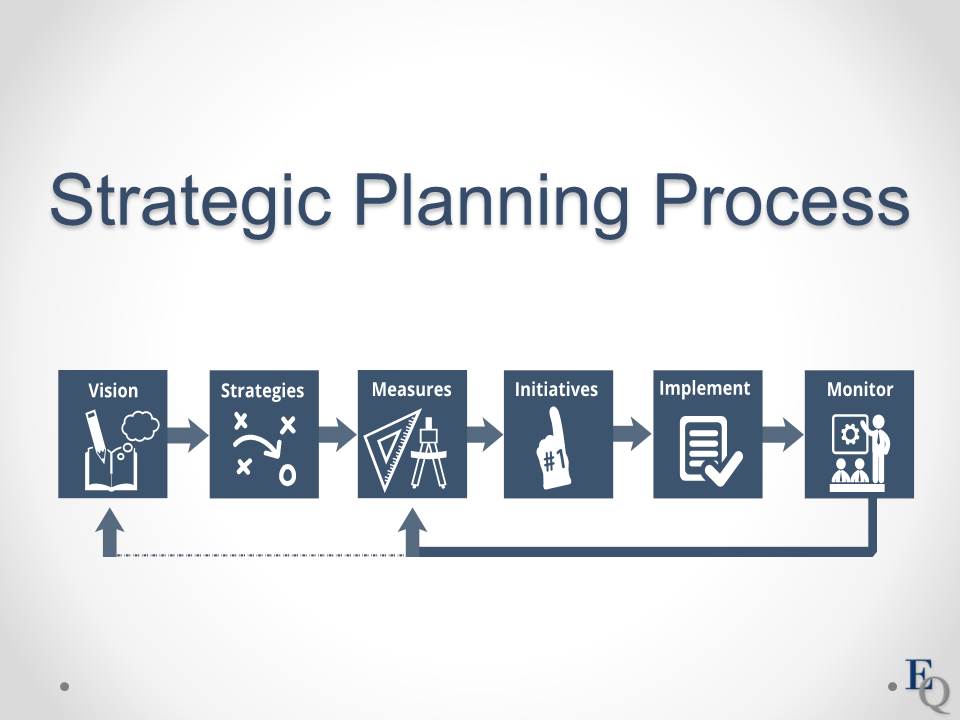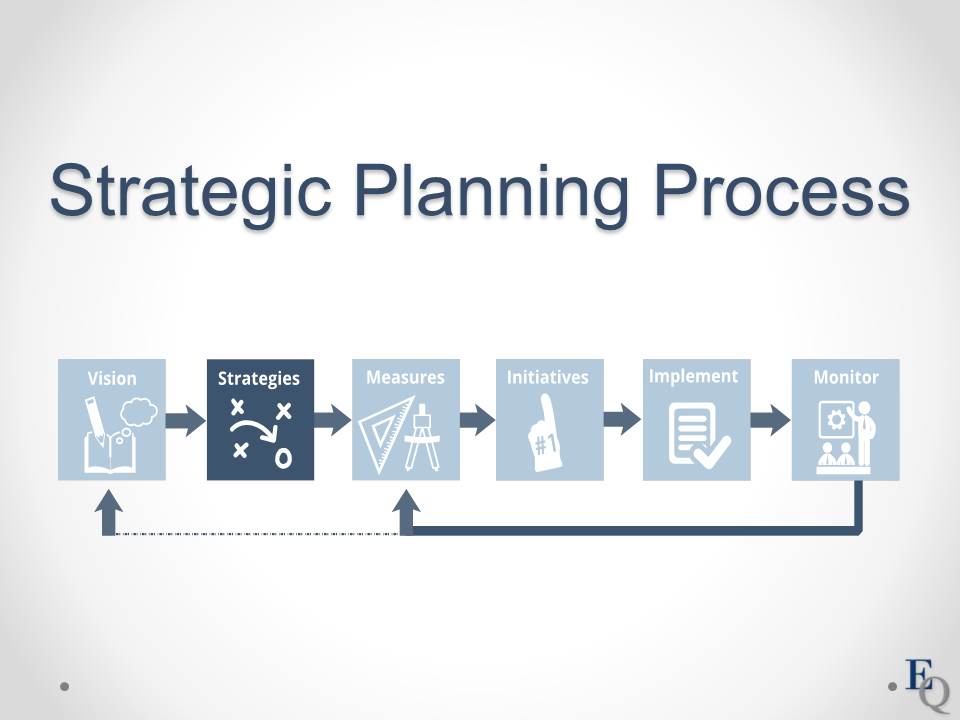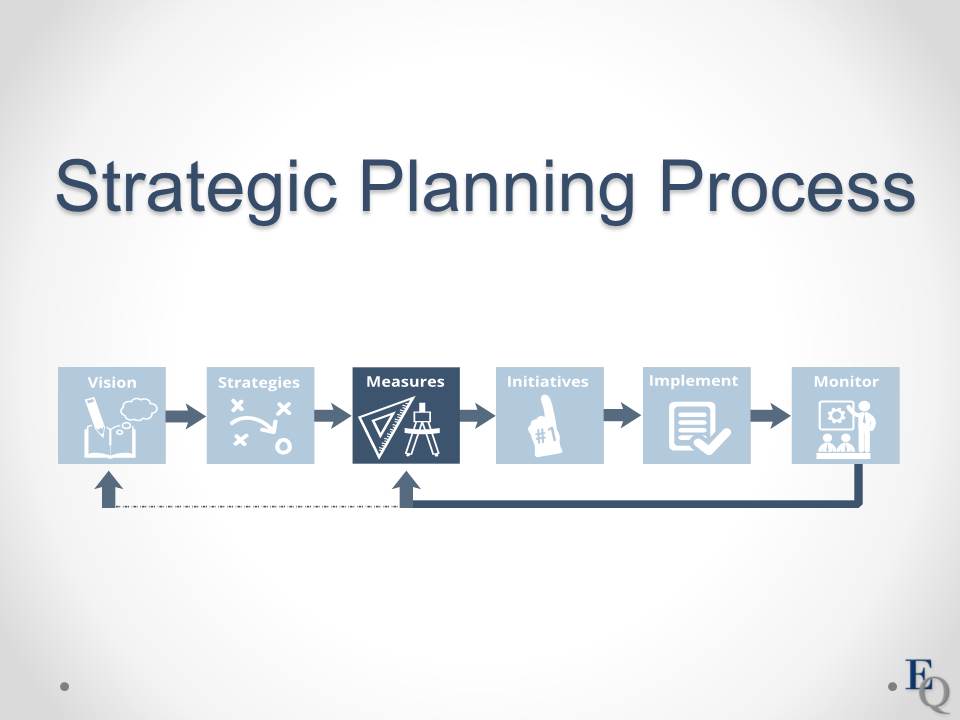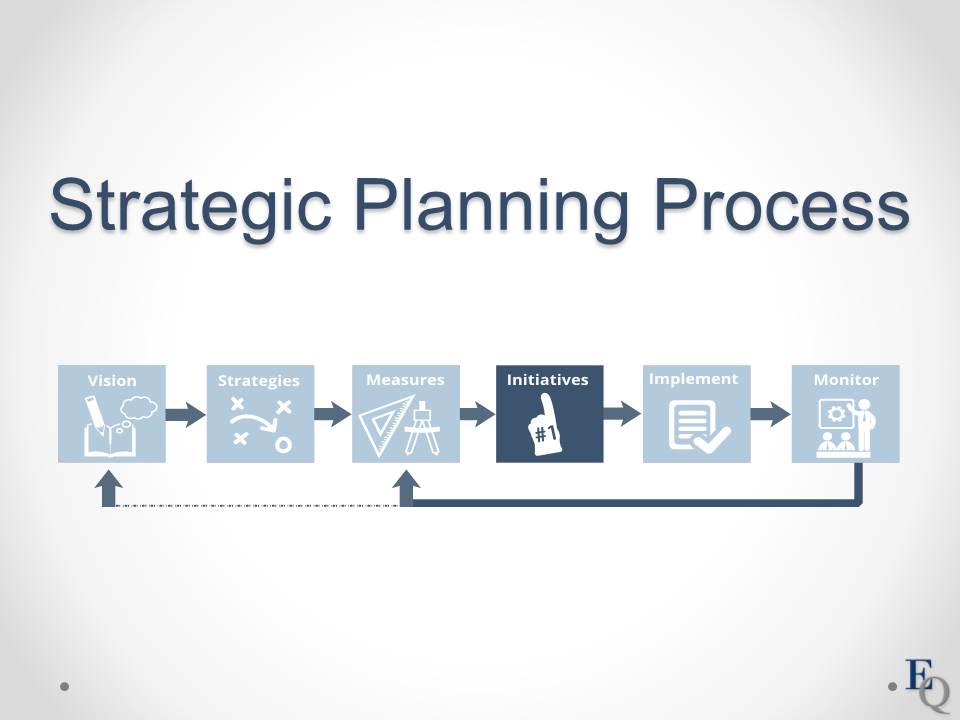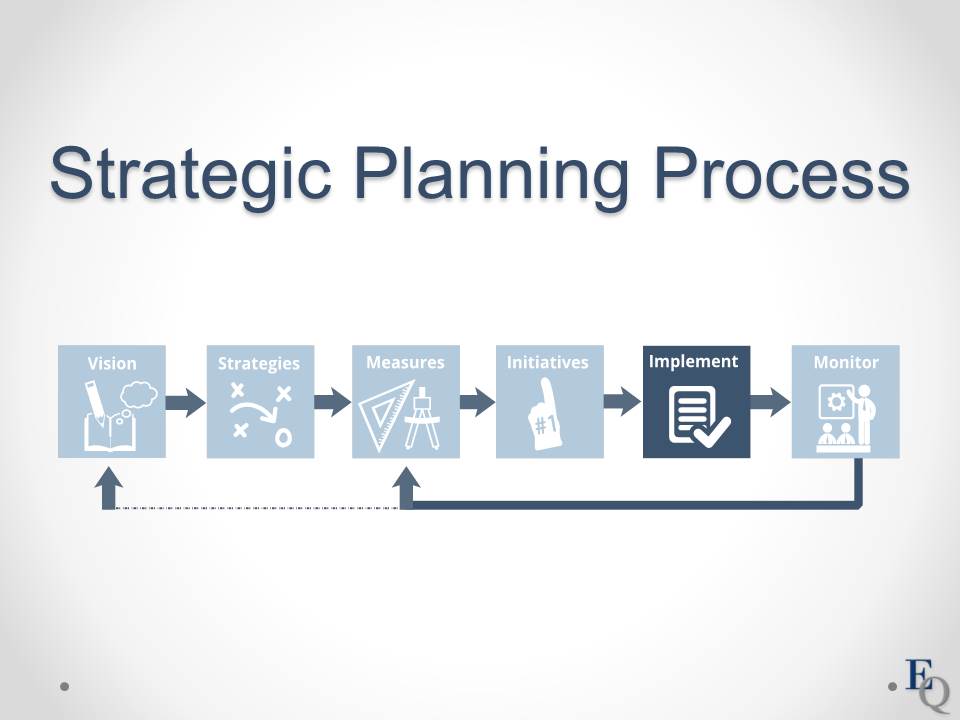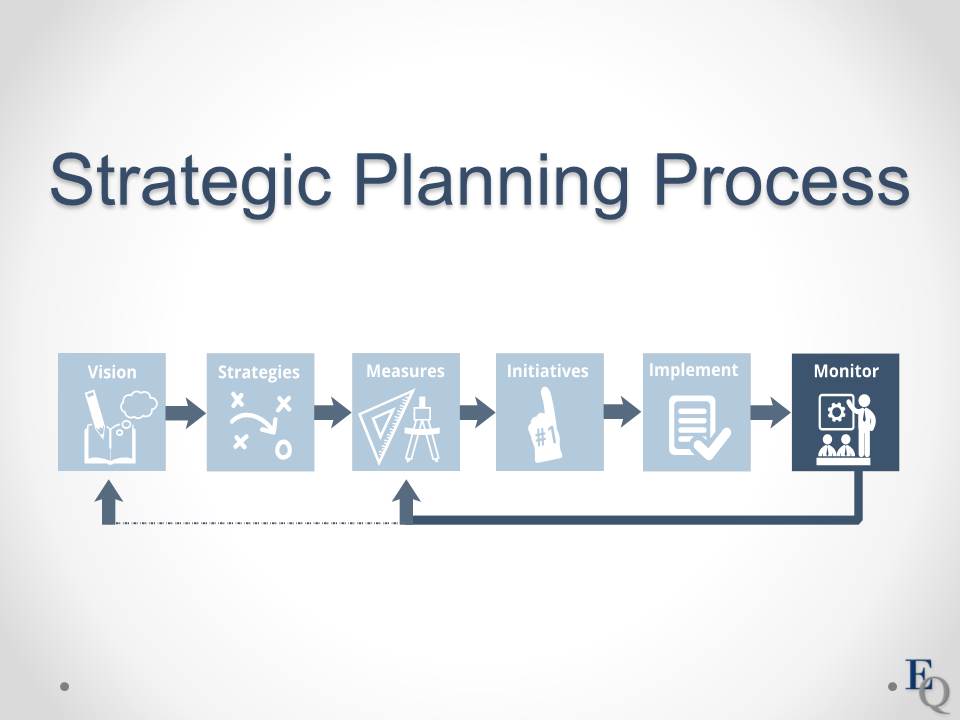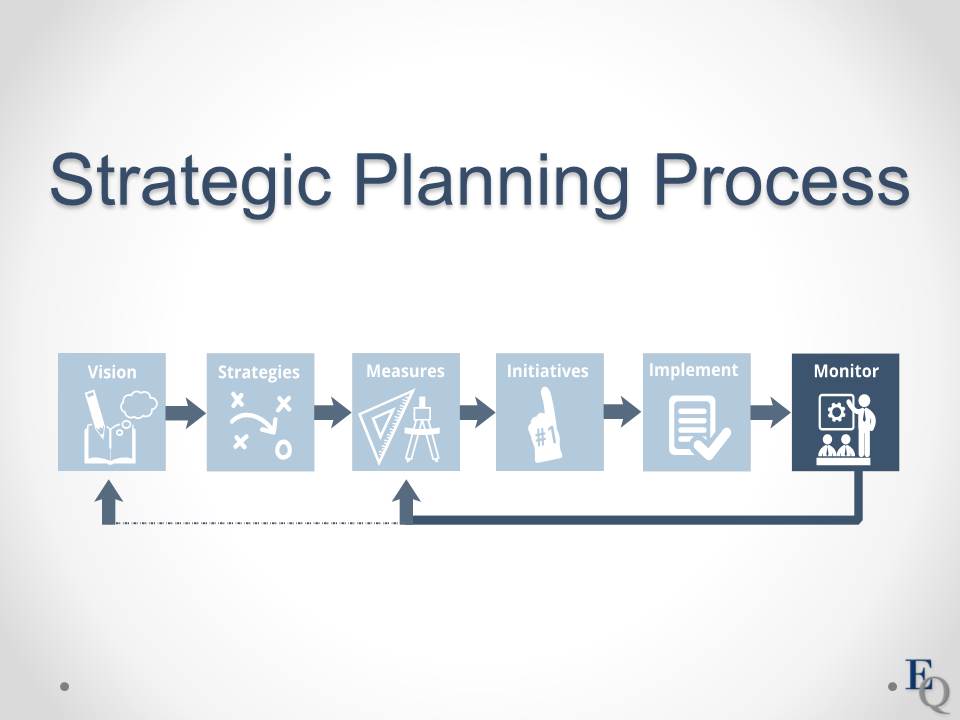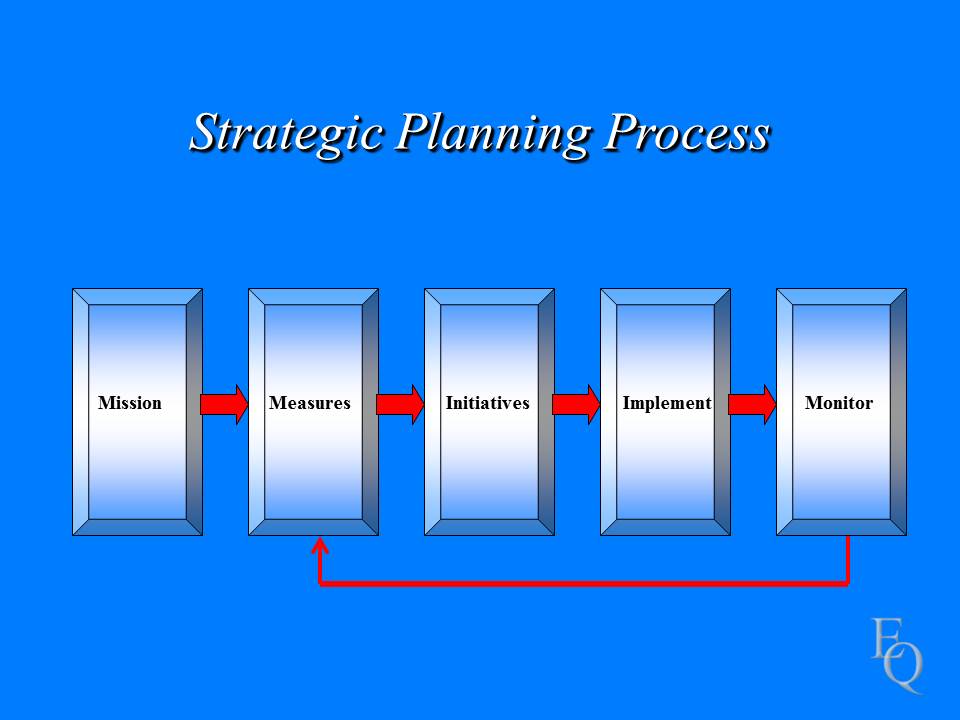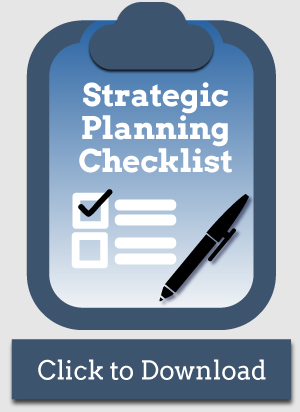What’s the difference between strategic planning and simply working hard to make your business succeed? After all, every company has objectives and some sort of game plan for getting work done.
So what goes into a successful strategic initiative? A lot of thought and care: company leadership must examine, explore, focus, and measure each initiative, all while keeping eyes on the company’s vision and goals.
The True Value of a Strategic Planning Checklist
Strategic planning can help you improve your business immediately, as well as affect your long-term success. A top-level strategic planning checklist is an excellent way to make sure you’re starting down the right path, even before you craft a specific action plan.
When you take a strategic approach to business planning, you’re simply more likely to succeed. Initiatives often go astray when you fail to follow through on the necessary steps, both in planning and execution – and that’s where a master checklist comes in handy.
If you don’t examine your organization’s vision when inventing new strategies, you risk missing your goals and alienating stakeholders. If you don’t monitor and evaluate throughout the process, you miss opportunities to make improvements and capitalize on the elements that work well.
Developing Your Own Strategic Plan
When you use my strategic planning checklist, you should be able to translate each item into actionable steps that are specific to your organization.
Strategic planning looks a little different for any given business. As you craft your own plans, be prepared to think creatively about how each step in the checklist should be applied to your business.
Leadership teams, for example, can vary in size. However, different initiatives may warrant the inclusion of different leaders. The right people and positions need to be represented.
The process starts by developing documents that describe a vision of the future and then steps for achieving it.
This strategic planning checklist is designed to help you prioritize and maintain your overall vision at each stage of the process. Consider it a starting point and a continuing guide — all part of a process that can bring you the change you’re looking for.
Get started now by downloading my free strategic planning checklist!
[widget id=”text-12″ title=”0″]


